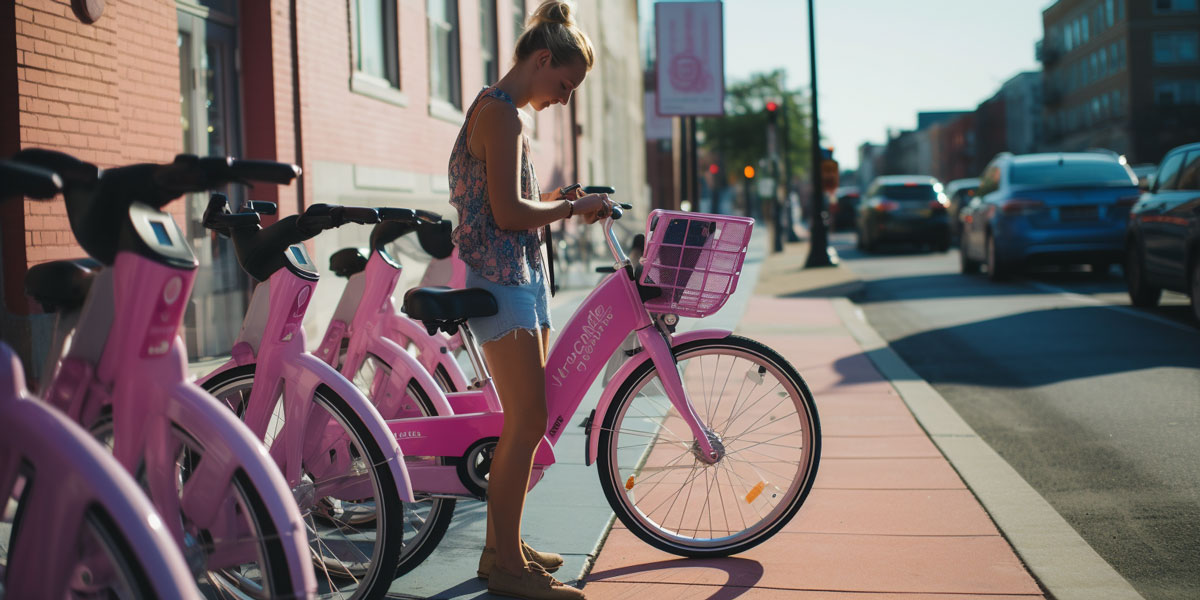The rise of ride-sharing platforms like Lyft has opened up new earning opportunities for many. "Do Lyft drivers make good money?" is a question on the minds of many considering this gig work. This article dives deep into the economics of driving for Lyft and offers insights to help potential drivers understand what they can expect.
Factors Affecting Lyft Driver Earnings
1. Location
Just like any business, location is crucial. Drivers in metropolitan areas with high demand, like New York City or San Francisco, tend to have higher earning potential. However, it also comes with its set of challenges, such as more competition and increased operating costs.
2. Time of Day
Driving during peak hours (rush hour, weekends, late nights) can lead to higher earnings due to surge pricing. Recognizing and capitalizing on these periods can make a significant difference in a driver's paycheck.
3. Experience and Ratings
Veteran drivers with excellent ratings often get priority for lucrative rides, such as airport runs, which can substantially boost earnings.
Operating Costs for Lyft Drivers
For many, driving for Lyft presents an attractive opportunity to earn money, be it as a primary income source or to supplement existing earnings. However, a comprehensive understanding of the costs associated with driving for Lyft is essential. Before you can determine if it's a profitable venture, you must account for various operating expenses that could impact your bottom line.
1. Vehicle Maintenance and Depreciation
-
Regular Maintenance: Cars driven for ride-sharing often cover more miles than personal vehicles. This frequent usage means regular oil changes, brake checks, tire rotations, and other preventive maintenance become essential.
-
Repairs: Over time, wear and tear can lead to necessary repairs. Although unpredictable, budgeting for these repairs is a must.
-
Depreciation: The more miles a car accumulates, the more its resale value decreases. While this isn't a direct out-of-pocket cost, it's an essential consideration, especially if you plan to sell the car in the future.
2. Fuel
-
Fuel is a significant expense for Lyft drivers. The cost varies depending on your vehicle's fuel efficiency, the price of gas in your area, and how many miles you drive. Constantly monitoring fuel consumption and employing fuel-saving driving techniques can help manage this cost.
3. Insurance
-
While Lyft provides its own insurance coverage when you have a passenger in your car or are on your way to pick one up, drivers need to maintain their own personal car insurance. Moreover, it's a good idea to inform your insurer about your ride-sharing activities, which might lead to higher premiums.
-
Additionally, some drivers opt for ride-share insurance or a commercial policy to fill any potential coverage gaps.
4. Licensing and Permits
-
Depending on the city or state, Lyft drivers might need specific permits or licenses to operate legally. While some of these costs might be minimal, they still need to be factored into the overall operating expenses.
5. Lyft's Commission
-
Lyft takes a percentage of each fare as its commission. While this isn't a direct "cost" in the way fuel or maintenance is, it's essential to remember that not all of the money from each fare goes into the driver's pocket.
6. Miscellaneous Costs
-
Mobile Data: Rideshare drivers need a smartphone with a robust data plan since the Lyft app must always be online during work hours.
-
Car Cleanliness: Keeping a car clean and inviting for passengers might mean frequent car washes and interior cleaning.
-
Refreshments or Amenities: Some drivers provide water, snacks, or other amenities to improve passenger experience and ratings. While not mandatory, these expenses can add up.
While driving for Lyft offers the lure of flexibility and potentially lucrative earnings, it's essential to have a clear picture of the associated costs. Properly managing these expenses – and diligently tracking them for tax purposes – is crucial for any Lyft driver aiming to make the most out of their venture.
Potential Profitability: A Realistic Look
"Do Lyft drivers make good money?" requires looking beyond gross earnings. After deducting the costs, the net earnings provide a clearer picture. Some drivers make a comfortable living, especially if they drive full-time and master the art of picking rides during peak times in busy areas. However, others might find it challenging to turn a substantial profit if they're operating in less busy regions or aren't driving during optimal times.
Diversifying Income Streams
Many drivers diversify by driving for multiple ride-sharing platforms like Uber and Lyft simultaneously. It's a strategy that can lead to increased ride requests and potential earnings.
Others may complement their ride-sharing income with delivery services for companies like UberEats, DoorDash, or Postmates. With the gig economy expanding, diversifying can be a smart move.
Frequently Asked Questions on Lyft Driver Earnings
How much can a typical Lyft driver expect to earn per hour?
It varies by location and time, but on average, drivers could make anywhere from $10 to $35 an hour before expenses.
Are there bonuses or incentives for Lyft drivers?
Yes, Lyft often offers bonuses for peak times, completing a certain number of rides, or referring new drivers.
Can driving full-time for Lyft replace a traditional job's income?
It depends on the market, the effort put in, and expenses. Some drivers do make a living driving full-time, but it's essential to account for the costs and the lack of traditional job benefits.
Conclusion
In response to the question, "do Lyft drivers make good money?", the answer is multifaceted. While there's potential for good earnings, especially in bustling locations during peak times, one must factor in operating costs. As with any gig job, it offers flexibility and independence but also requires strategic planning and understanding of the market. Those considering a career or side gig with Lyft should conduct thorough research, consider their local market, and be prepared for the financial dynamics involved.
Explore the different types of Uber rides, from affordable options to luxurious experiences in this blog.







